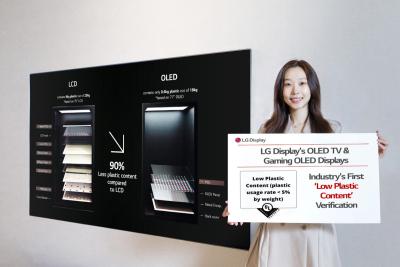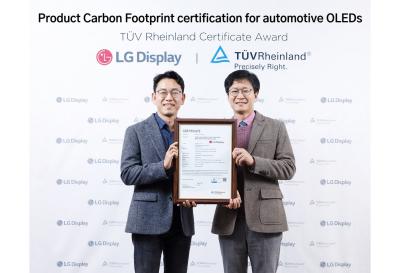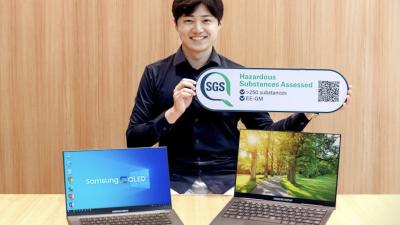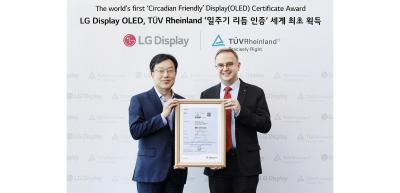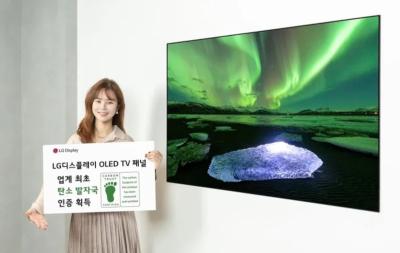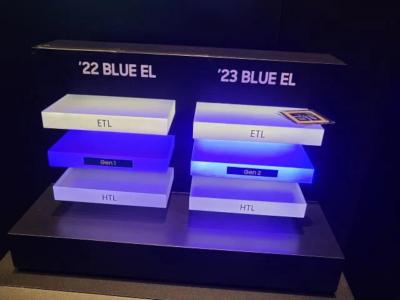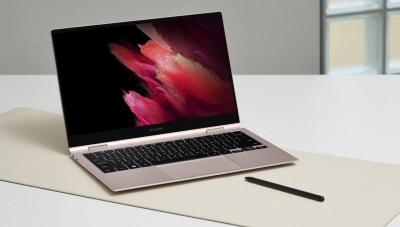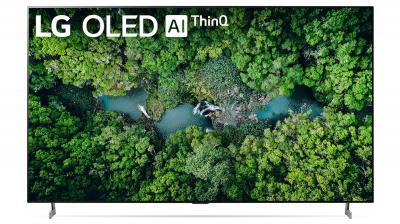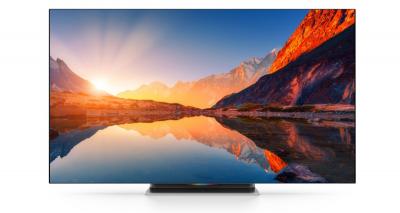LG Display's WOLED panels receive new low-plastic and eco-friendliness certifications from UL and SGS
LG Display says that its WOLED TV and gaming displays have been awarded UL's low-plastic verification, given to products in which the plastic usage accounts to less than 5% of their total weight.
LGD says that its 65-inch OLED TV panel contains about 4% plastic content, about 905 lower than to a 65" LCD panel. In addition, by substituting key components with easily recyclable materials, LG Display has increased the recyclability of parts to as high as 92.7% at disposal.
